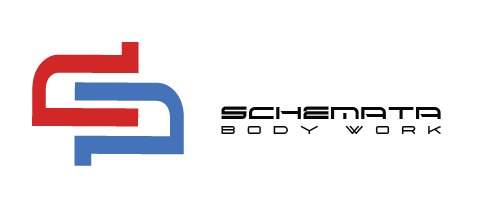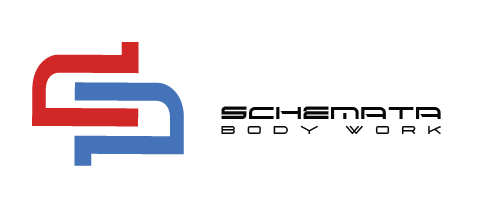Is Stretching Manual Therapy?
Stretching is a common exercise used by athletes, older adults, recovery patients and anyone who participates in a fitness program. Although the advantages of stretching are recognized, the debate persists over the best form of stretching for a specific objective or result.
Obviously, there are many causes and explanations for a decreased joint range of motion (ROM) of which only one is muscle tightness. Muscle “tightness” is the product of increased stress from active or passive mechanisms. Passively, muscles may be shortened by posture adaptation or scarring; actively, muscles may become shorter due to spasm or contraction. Irrespective of the cause, tightness restricts the range of motion and can produce a muscle imbalance.
Clinicians must select the best intervention or technique to increase muscle tension on the basis of the cause of tightness. Stretching usually focuses on increasing the length of the musculotendinous unit, effectively increasing the distance between the origin and the insertion of the muscle. In terms of stretching, muscle tension is generally inversely proportional to length: decreased muscle tension is related to increased muscle length, whereas increased muscle tension is related to decreased muscle length. Inevitably, muscle stretching adds stress to other components, such as the joint capsule and fascia, which are made up of different tissues than muscles with different biomechanical properties.
There are two types of dynamic stretching: active and ballistic stretching. Active stretching usually involves shifting the limb through its maximum range of motion to the end ranges and repeating it multiple times. Ballistic stretching requires fast, alternating movements or ‘bouncing’ at the end of the range of motion; however, due to an increased risk of injury, ballistic stretching is no longer recommended.
Many studies have tested different effects of different forms and durations of stretching. The outcomes of these studies can be classified as either acute or training effects. Acute effects measure the immediate consequences of stretching, while training effects are the results of stretching over time. Stretching studies often vary depending on the various muscles or muscle groups being examined and the range of populations being studied, making interpretation and recommendations very complicated and relative. Therefore, each of these considerations must be considered when drawing conclusions based on research studies. There are numerous comprehensive stretching reports available to include general recommendations.
Effectiveness of stretching is generally reported as a rise in joint ROM (usually passive ROM); for example, the ROM of the knee or hip is used to assess changes in hamstring duration. Static stretching also results in increased joint ROM. Interestingly, the increase in ROM may not be caused by an increase in the length (decreased tension) of the muscle; rather the subject may simply have an improved tolerance for stretching. Increases in muscle length are determined by “extensibility,” typically when a standardized load is put on the limb and joint motion is measured. Increased stretch tolerance is quantified by calculating the joint motion range with a non-standardized load.
Are You Looking for Help with Your Pain?
Sports massage from Schemata Bodywork helps people who are active or desire to be active. Who can benefit from manual therapy from Schemata Bodywork? Individuals who have careers that are restricted to working at a desk, all athletes that are looking to improve their performance or physical gains, people who have community service jobs such as firefighters, law enforcement, or military personnel. If you are suffering from injuries with acute or chronic pain, or someone who wants relief from mental or physical stress, we can help change your life. Contact us now for your appointment.

